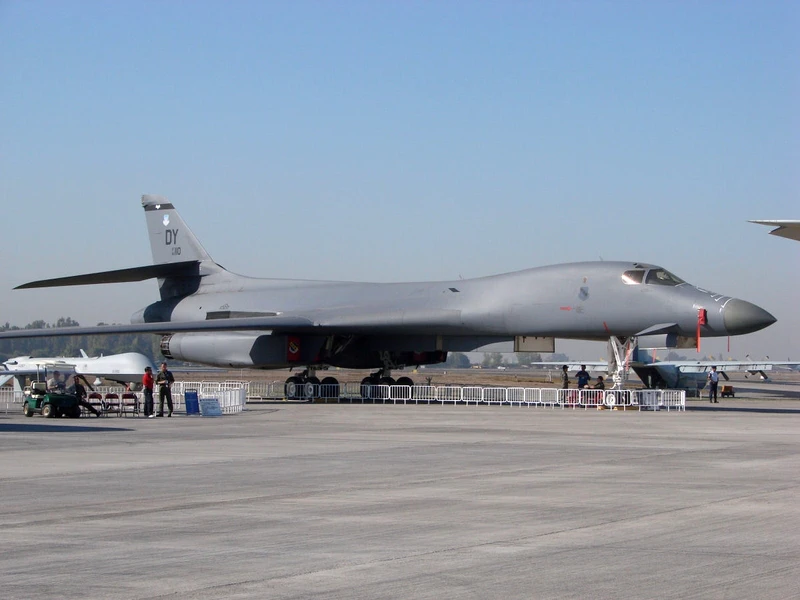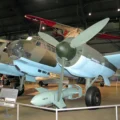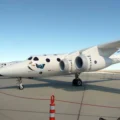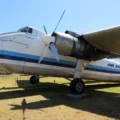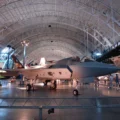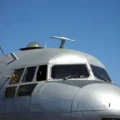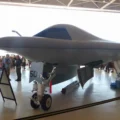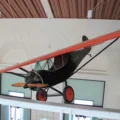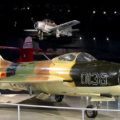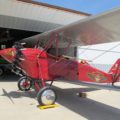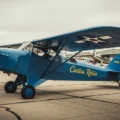V Rockwell B-1 Lancer is a supersonic variable-sweep wing, heavy bomber used by the United States Air Force. It is commonly called the “Bone” (from “B-One”). It is one of three strategic bombers in the U.S. Air Force fleet as of 2018, the other two being the B-2 Spirit and the B-52 Stratofortress.
The B-1 was first envisioned in the 1960s as a platform that would combine the Mach 2 speed of the B-58 Hustler with the range and payload of the B-52, and would ultimately replace both bombers. After a long series of studies, Rockwell International (now part of Boeing) won the design contest for what emerged as the B-1A. This version had a top speed of Mach 2.2 at high altitude and the capability of flying for long distances at Mach 0.85 at very low altitudes. The combination of the high cost of the aircraft, the introduction of the AGM-86 cruise missile that flew the same basic profile, and early work on the stealth bomber all significantly affected the need for the B-1. This led to the program being canceled in 1977, after the B-1A prototypes had been built.
Vir: Rockwell B-1 Lancer na Wikipediji
Več informacij:
Rockwell B-1 Lancer je nadzvočni težki bombnik s spremenljivimi krili, ki ga uporabljajo letalske sile Združenih držav Amerike. Običajno se imenuje "kost" (od "B-One"). Je eden od treh strateških bombnikov v floti ameriških letalskih sil od leta 2021, druga dva sta B-2 Spirit in B-52 Stratofortress.
V B-1 was first envisioned in the 1960s as a platform that would combine the Mach 2 speed of the B-58 Hustler with the range and payload of the B-52, and was meant to replace both bombers. After a long series of studies, Rockwell International (now part of Boeing) won the design contest for what emerged as the B-1A. This version had a top speed of Mach 2.2 at high altitude and the capability of flying for long distances at Mach 0.85 at very low altitudes. The combination of the high cost of the aircraft, the introduction of the AGM-86 cruise missile that flew the same basic profile, and early work on the stealth bomber all significantly affected the need for the B-1. This led to the program being canceled in 1977, after the B-1A prototypes had been built.
Program je bil ponovno zagnan leta 1981, večinoma kot začasni ukrep zaradi zamud v programu B-2 stealth bombnikov, z nekaj manjšimi spremembami, ki so znižale najvišjo hitrost na Mach 1,2 na visoki višini zaradi sprememb v zasnovi sesanja, vendar so izboljšale zmogljivost na majhni višini. B-1B je vstopil v uporabo leta 1986 pri Strateškem letalskem poveljstvu USAF (SAC) kot jedrski bombnik. V zgodnjih 1990-ih, po zalivski vojni in sočasno z ukinitvijo SAC in njegovo prerazporeditvijo v novoustanovljeno poveljstvo zračnega boja (ACC), je bil B-1B pretvorjen v konvencionalno bombardiranje. Prvič je služil v boju med operacijo Desert Fox leta 1998 in ponovno med Natovo akcijo na Kosovu naslednje leto. B-1B je podpiral vojaške sile ZDA in Nata v Afganistanu in Iraku. Lancer je nadzvočna komponenta poveljstva za globalni napad ameriških letalskih sil.
Od leta 2020 je 62 B-1B v uporabi s štirimi bombnimi krili pod poveljstvom Air Force Global Strike: 7. bombno krilo v letalski bazi Dyess v Teksasu; 28. bombno krilo v letalski bazi Ellsworth, Južna Dakota; 9. ekspedicijska eskadrila bomb v letalski bazi Al Udeid, Katar; in 34. ekspedicijska bombna eskadrila v letalski bazi Andersen, Guam.
